A monument not to our greatness but to our existence
Abstract: A purely peer-to-peer ecosystem of a decentralized web3 economy would allow commerce to flow without going through financial institutions or trusted intermediaries that have come to dominate the internet and extract value by facilitating transactions. Cryptocurrencies and Layer-1 Blockchains provide part of the solution, but the main benefits are lost if trusted third parties like centralized webhosting services, marketplaces, social media and centralized exchanges are required to function in the web3 economy. The lack of a decentralized digital identity and absence of sovereign state participation in the ecosystem further exacerbates the problems in creation of a peer-to-peer economy. We propose a model for a decentralized peer-to-peer circular economy that relies on system where cryptocurrency can be earned from commerce or spare bandwidth, storage and computational resources as well as spent in the same ecosystem ultimately transcending into an information society. As a part of the model, we also propose a system of establishing social trust utilizing verified credentials. The protocol is neutral to anonymity but allows willing counterparties to choose the minimum information acceptable for commerce.
1. Introduction
Commerce on the Internet has come to rely almost exclusively on financial institutions and corporations serving as trusted third parties to process electronic payments, host data, websites, marketplace listings and facilitate communication. While the system worked well enough, it has started to show its drawbacks which include disintermediation of users, censorship, collection of personally identifiable information and arbitrary commission rates. Some sectors of the internet economy such as advertising and social media have been monopolized at the detriment of users. Ensuring permanence of data is not possible since institutions and corporations cannot completely avoid regulations and security risks and represent a single point of failure. The use of centralized platforms for commerce which often provide paid premium features and advertising have increased the cost of doing business and this cost has been passed onto the consumers. These additional costs can be avoided by self-hosting data and websites, but no mechanism exists to facilitate commerce on the internet without a trusted party or expensive hardware or technical know-how. The original bitcoin code had a marketplace component to it which was deprecated due to unknown reasons by Satoshi Nakamoto. Today’s largest centralized internet Corporations undermine privacy and collect user data which they sell in exchange for the free services they provide. The platforms also control who can access the data through their restrictive policies. These corporations sometimes hold more wealth than sovereign states and exert considerable influence over public opinion and public policy despite having no system of checks and balances in place. Various corporations today due their size, user adoption and accumulation of wealth and data have created a parallel unaccounted digital economic ecosystem based on rules decided arbitrarily. The current state of Bitcoin and crypto-technology ecosystem usually involves a high cost of entry. For instance, one must provide identity verification to centralized exchanges, conduct multiple asset transfers and incur fees along the way. The current state of Layer-1 Blockchains like Ethereum is no better. It involves the same pitfalls as accessing Bitcoin and involves installing browser extensions to interact with smart contracts & decentralized applications which involves hefty fees and complexity. Various Layer-2 solutions have been proposed for blockchains, but they usually involve bridging assets to the layer-2 solutions powered by their own tokens and add even more complexity in participating in the crypto-economy. Another pitfall of these web3 wallets and applications is that they rely on centralized companies that sell API access to nodes. This paper offers no opinion on the speculative value and decentralized finance aspects of the crypto-ecosystem. Some argue that the most important part of the Bitcoin experiment is the underlying blockchain technology as a tool of distributed consensus but we propose that open source nature of code running distributed systems and associated smart contracts & Dapps is arguably the most important aspect of the crypto-ecosystem. The implications of this open-source nature of software development as opposed to walled-gardens are far reaching as any blockchain or smart contract can essentially be utilized on other chains which have a superior network effect or user adoption.
In our model of a web3 economy we propose two components, one is SATOSHI Protocol which represents computational resources, and the other is NAKAMOTO Protocol which represents decentralized identity, marketplaces and physical assets.
2. SATOSHI Protocol
A Satoshi is colloquially understood as the smallest unit of a Bitcoin. In this model, a SATOSHI may represent in whole or as part an app, a smart contract, a website. The basic components of a SATOSHI are Satellite, Autonomy/Alive/Artificial, Transfer, Operation, Storage, Hashing and Interface. Blockchains and cryptocurrencies that fit into these definitions already exist isolated within their ecosystems. We do not offer any opinion on the price or or economics of these cryptocurrencies but only the utility of their protocols.
a. Satellite (Proof of Coverage/bandwidth): This refers to the ability to send and receive information over the internet. TCP/IP is the most widely adopted protocol today which empowers the Clearnet as well as the deep web. Invisible Internet Project, TOR, Freenet offer alternatives. Blockchains that utilize spare bandwidth to enable mesh networking such as Helium & PKT Cash already exist. The other aspect of this component is the ability to encrypt information & transactions when required. Monero & Zcash are market leaders privacy focused blockchains.
b. Autonomous/Alive/Artificial (Smart Contracts & Dapps & IOT devices/Proof of humanity): Smart Contracts that exist on the blockchain can be considered Autonomous. In the absence of sovereign validated DIDs, notaries and law firms and other reputable organizations may issue verified credentials. Proof of humanity seeks to achieve UBI and on the extreme end of the spectrum is using biometrics being used as proposed by worldcoin.
c. Transfer (Proof of Transfer, Bridges, Cross-chain Blockchains): Stacks Blockchain / Chainlink/ BSC & AVAX bridges. These can be used to bridge assets from other blockchains as well as provide security to other blockchains via proof of transfer.
d. Operation (Proof of computation / Useful Proof-of-work): Folding@Home
e. Storage (Proof of Storage/Proof of Space): Arweave / Filecoin / Chia
f. Hashing (SHA-256/Scrypt/RandomX): Ability to encrypt & decrypt information and contribute computation resources to secure network.
g. Interface (Decentralized Social/Steem/Games/Dapps):
3. Nakamoto Protocol:
a. Nationality/Network: Stateless / Refugee / Citizen of a Sovereign
b. Association: Member of Political Party / Bar Council / Other reputable Associations
c. Knowledge: Doctor / Lawyer / Accountant / Driving License/ Degrees
d. Assets: Land, devices, physical goods, metals, digital assets etc.
e. Marketplace: Openbazaar
f. Organization: Employer organization or other reputable organization
g. Taxation: Smart Contracts that enable taxation by sovereign states.
h. Operation: Personal websites/marketplaces/permissioned blockchains.
4. The Challenge & Scarcity versus abundance:
Apart from the humongous technical challenges of scalability, protecting privacy and developing this protocol sovereign participation is essential as trusted providers of verified credentials. We propose that a small percentage of tokens/cryptocurrency of the ecosystem be provided to sovereign states that sign a charter or to the United Nations for custody on behalf of Sovereign Nations. Sovereign States can distribute this currency to local governments and organizations that can provide verification. For instance, a decentralized version of Uber would at the very least require verification of driving license credentials, a food delivery platform may require health authority licenses, land ownership can be verified by registrars, public universities may authenticate degrees. Users that do not have these credentials may still operate in this economy and compete if they provide a valuable service at lower prices.
We also propose that this ecosystem be an economy of abundance as opposed to an artificial scarcity. This may represent some challenges in providing incentives in securing the blockchain itself and further technical discussion is required. We propose a supply cap equivalent to the Mass of the Earth i.e. 6.0 × 1024 kg or 6,600,000,000,000,000,000,000 (6.6 sextillion) Metric Tons.
5. Conclusion
TBD! Or already decided? The Last Question by Isaac Asimov https://www.physics.princeton.edu/ph115/LQ.pdf
References:
Bitcoin: A Peer-to-Peer Electronic Cash System https://bitcoin.org/bitcoin.pdf
Hard Problems in Cryptocurrency: Five Years Later: https://vitalik.ca/general/2019/11/22/progress.html
tbDEX: A Liquidity Protocol v0.1 https://tbdex.io/whitepaper.pdf
Helium A Decentralized Wireless Network http://whitepaper.helium.com/
PKT NETWORK https://pkt.cash/PKT_Network_v1.0_2021.02.01.pdf
A Next-Generation Smart Contract and Decentralized Application Platform https://ethereum.org/en/whitepaper/
Proof of Humanity https://blog.kleros.io/proof-of-humanity-an-explainer/
PoX: Proof of Transfer Mining with Bitcoin https://uploads-ssl.webflow.com/5fcf9ac604d37418aa70a5ab/60072dbb32d416d6b3806935_5f1596b12bcc0800f3dcadcd_pox.pdf
Archain: An Open, Irrevocable, Unforgeable and Uncensorable Archive for the Internet https://www.arweave.org/whitepaper.pdf
Chia Business Whitepaper https://www.chia.net/assets/Chia-Business-Whitepaper-2021-02-09-v1.0.pdf
Steem An incentivized,blockchain-based,public content platform. https://steem.com/SteemWhitePaper.pdf
DeSo: The Decentralized Social Network https://docs.deso.org/about-deso-chain/readme
OpenBazaar https://github.com/OpenBazaar/openbazaar-desktop/releases https://www.coindesk.com/business/2021/07/15/openbazaar-co-founder-explains-why-web-3s-answer-to-ebay-folded-its-tents/
CryptoNote V2.0 https://bytecoin.org/old/whitepaper.pdf
Zerocash: Decentralized Anonymous Payments from Bitcoin http://zerocash-project.org/media/pdf/zerocash-extended-20140518.pdf
The Last Question by Isaac Asimov https://www.physics.princeton.edu/ph115/LQ.pdf (Important for Non-technical users/readers)
[link] [comments]

You can get bonuses upto $100 FREE BONUS when you:
💰 Install these recommended apps:
💲 SocialGood - 100% Crypto Back on Everyday Shopping
💲 xPortal - The DeFi For The Next Billion
💲 CryptoTab Browser - Lightweight, fast, and ready to mine!
💰 Register on these recommended exchanges:
🟡 Binance🟡 Bitfinex🟡 Bitmart🟡 Bittrex🟡 Bitget
🟡 CoinEx🟡 Crypto.com🟡 Gate.io🟡 Huobi🟡 Kucoin.
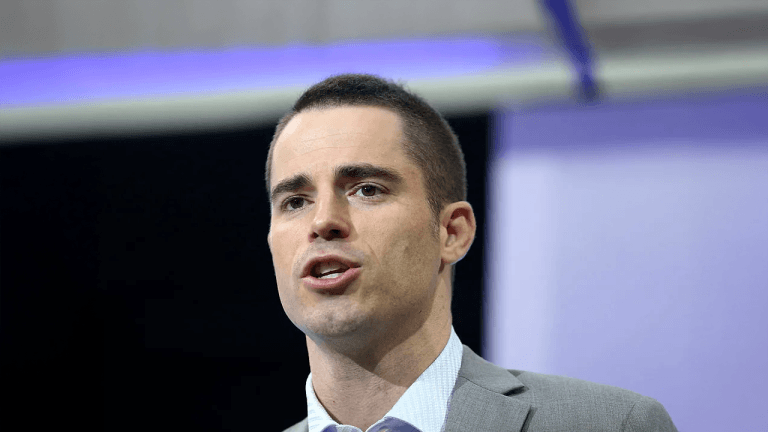


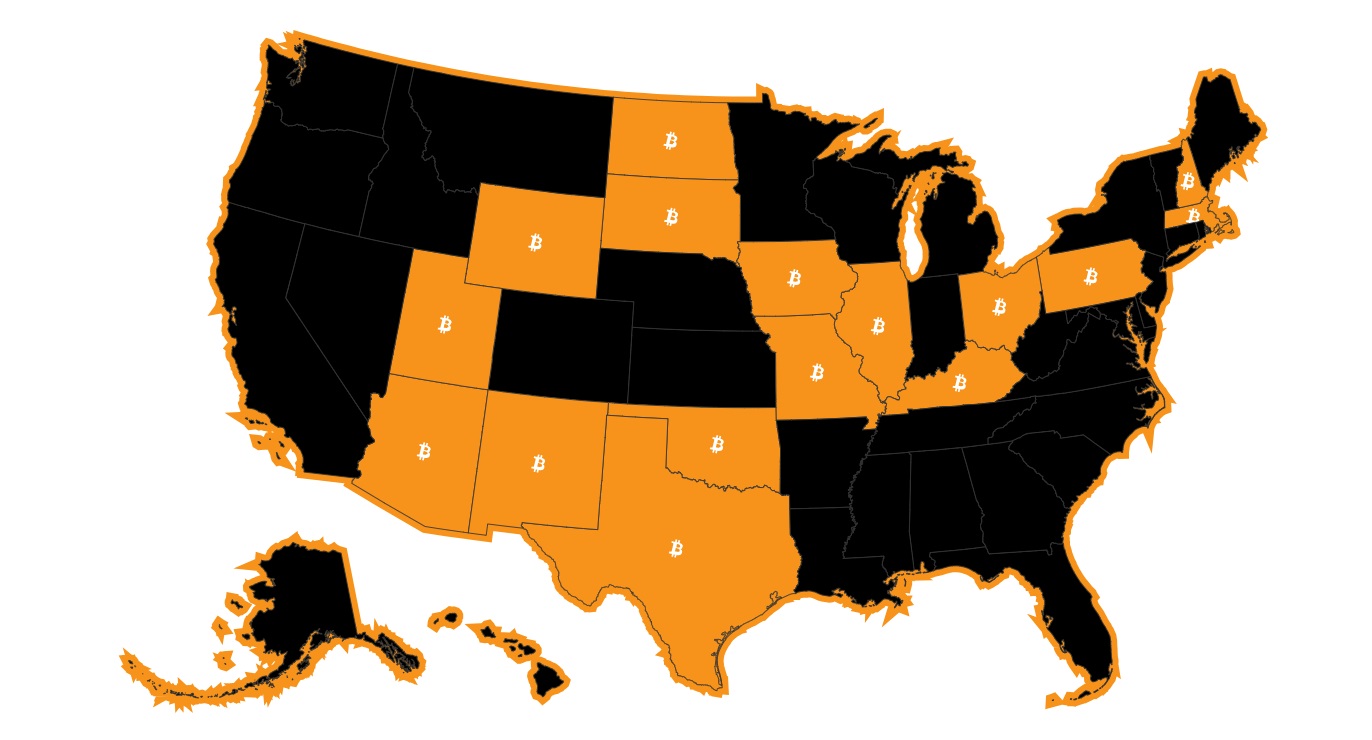
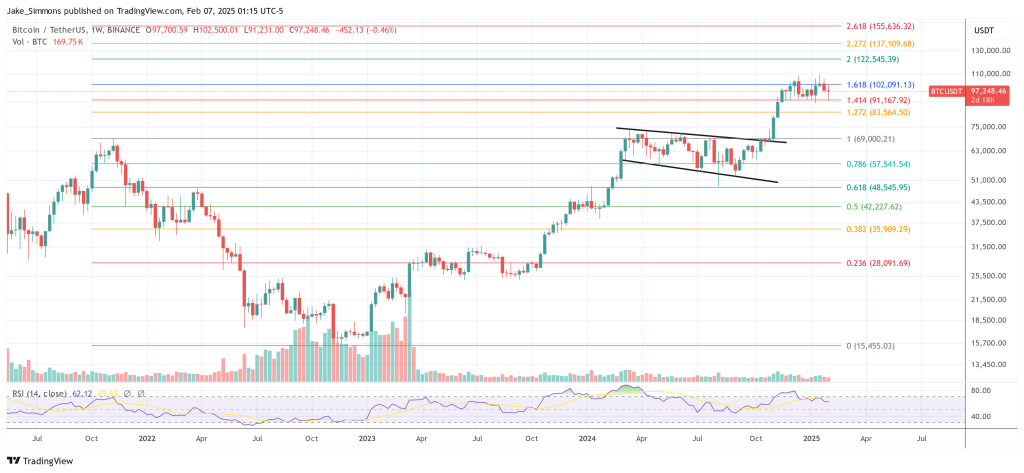




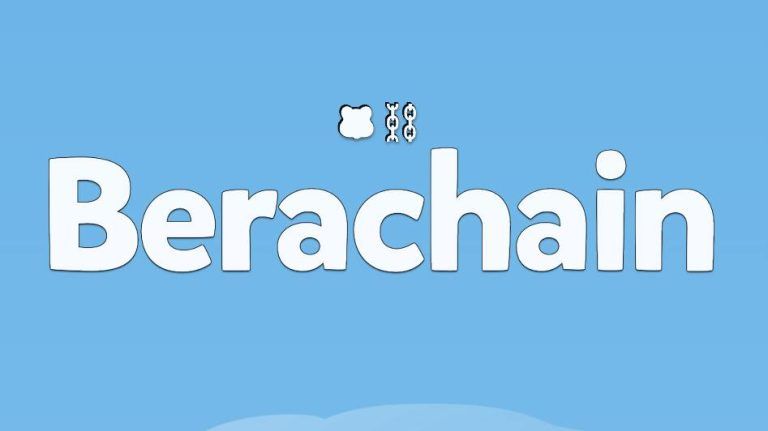


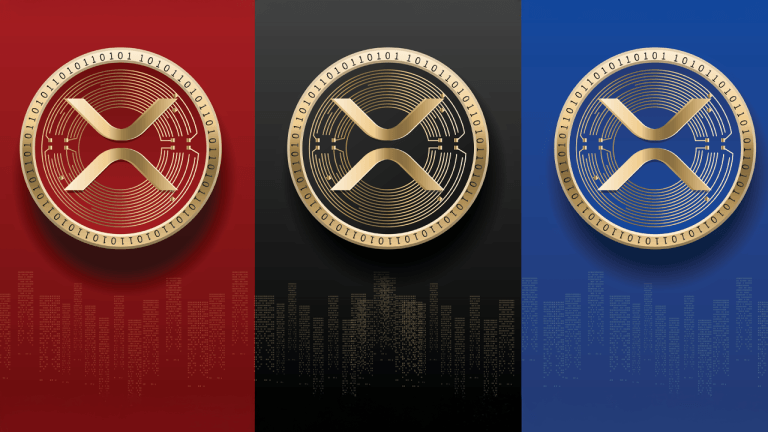
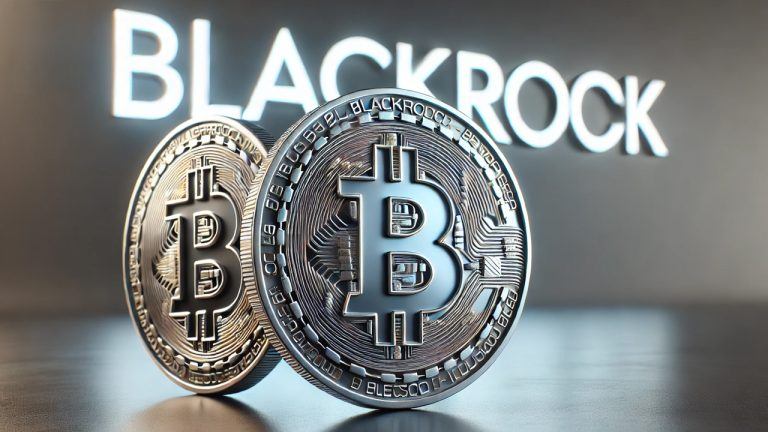
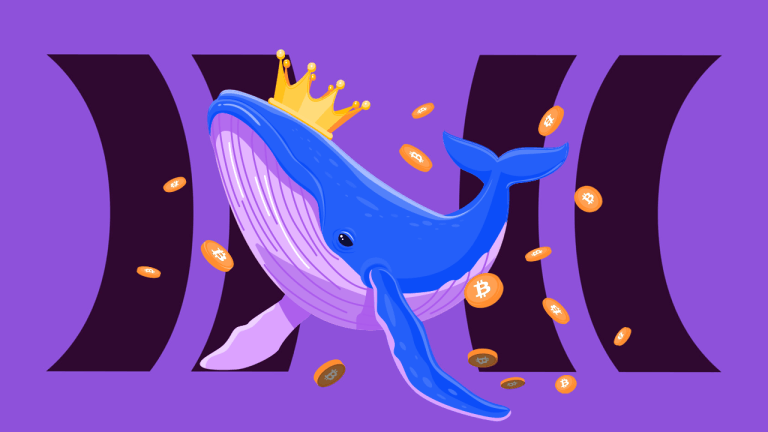


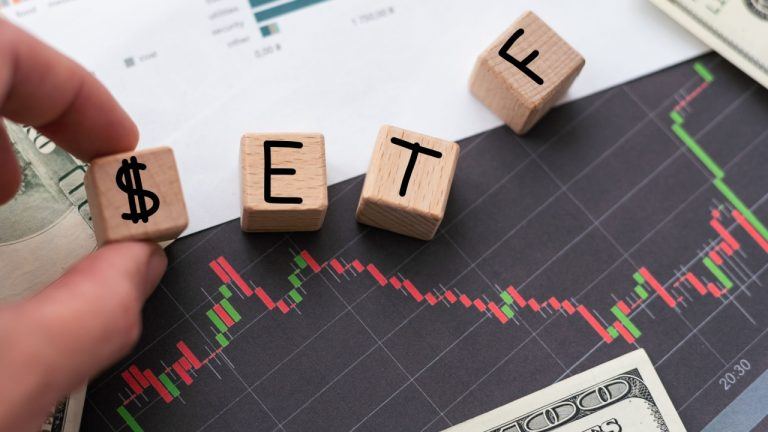
Comments